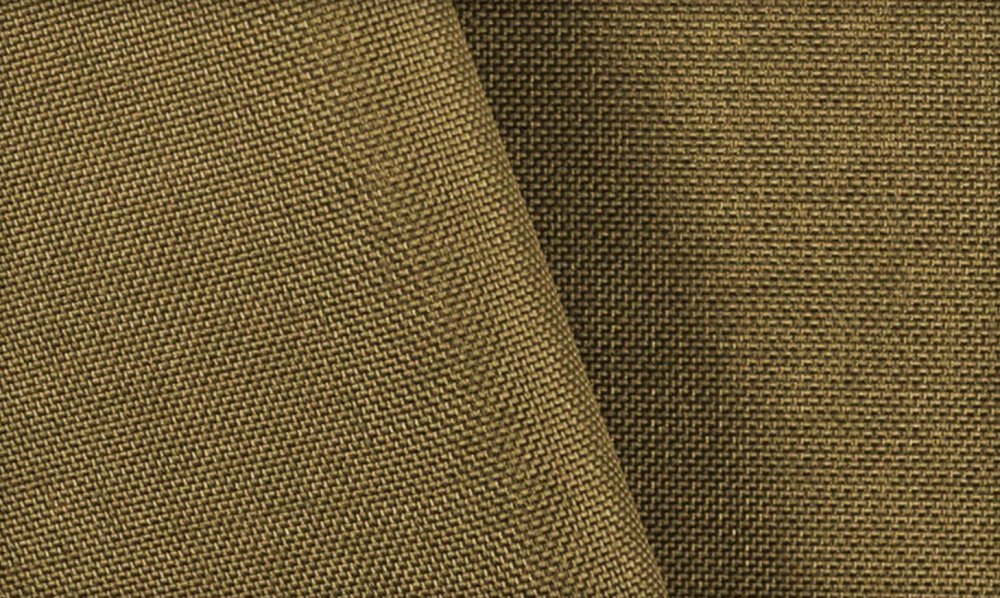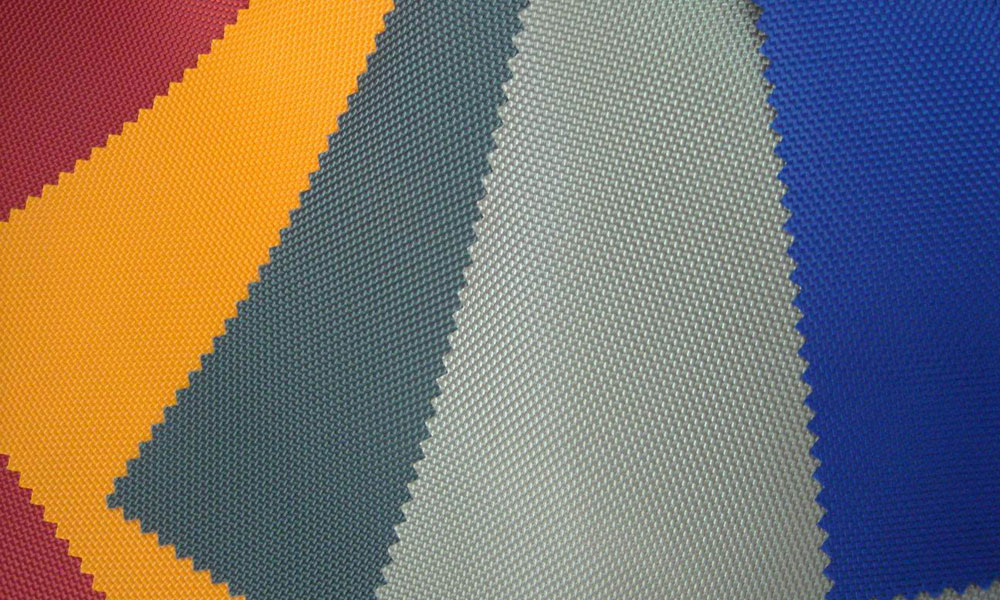 Every tourist, at least once, thinks that something is missing from his hiking backpack. Taking into account the individual characteristics of the body structure, it is sometimes difficult to choose a similar item for yourself. But in skillful hands, the fabric can easily turn into a comfortable backpack. Design hiking backpack only looks complicated and incomprehensible, but If you follow the instructions, you can sew it yourself.
Every tourist, at least once, thinks that something is missing from his hiking backpack. Taking into account the individual characteristics of the body structure, it is sometimes difficult to choose a similar item for yourself. But in skillful hands, the fabric can easily turn into a comfortable backpack. Design hiking backpack only looks complicated and incomprehensible, but If you follow the instructions, you can sew it yourself.
Necessary materials
Fabrics
It is important that the hiking backpack is durable and waterproof. Therefore, the choice of fabric is approached with special attention. The following materials are suitable for its manufacture:
- Adviser — was developed for the army and has the appropriate characteristics: durable, lightweight, inexpensive, withstands low temperatures, allows water to pass through, frays when cut;

- cordura - also invented for the army: available in different densities, water-repellent, does not crumble, expensive, heavy, does not tolerate low temperatures;

- Oxford — fabric with a matting weave and nylon content: light, inexpensive, heat-resistant (does not lose properties from -50 to +110 degrees C), waterproof, fades when exposed to direct sunlight;

- polyester - for greater strength and moisture resistance, they are treated with polyvinyl chloride: cheap, lightweight, does not change properties in frost and sun, does not deform, does not crumble, does not withstand heavy loads, does not protect from moisture.

Advice! When choosing a material, you should take into account the planned loads and conditions of use.
Accessories and additional materials
 For practicality Additionally you will need:
For practicality Additionally you will need:
- thin nylon (with a width of 150 cm) - 70 cm;
- Isolon (foam) 10 mm thick - 1 sq. m.;
- sling 25 mm - 7 m;
- sling 45 mm - 2 m;
- fastex 25 mm - 2 pcs.;
- fastex 45 mm - 1 pc.;
- tightening buckle - 14 pcs.;
- stop clamp - 1 pc.;
- zipper 30 cm - 1 pc.;
- zippers 20 cm - according to the number of pockets;
- aluminum tubes for frame D4, length 70 cm - 2 pcs.;
- cord D3 - 1.3 m;13. tape for finishing seams - 2 m.
Fabric calculation
The simplest and most accurate method for calculating fabric - this is to make a layout on graph paper using a scale (cutting) ruler. This way you can calculate the required amount of material as accurately as possible.
 In this case, you will need 2 m of fabric with a width of 150 cm.
In this case, you will need 2 m of fabric with a width of 150 cm.
Important! Sewing such a product will require at least 3 square meters. m. of base material.
Step-by-step cutting and sewing of a hiking backpack
Below is the construction of a 90 liter backpack.
Initially, the details are drawn on paper, cut out and cut out of the material. To make it more convenient to cut the paper pattern, pin it to the fabric and trace it with chalk, adding allowances.
 For sewing you will need the following parts:
For sewing you will need the following parts:
- the back and bottom of the product are made one-piece, the height of the part is 101, of which the back is 75x30, the bottom is 30x26x33;
- the main part is in the shape of a trapezoid with dimensions 80x75x85.
- one pocket measuring 25x25, and two - 25x15;
Reference! The number of pockets depends on the desire of the owner, but 3 pieces are sewn on as standard.
- the straps are drawn curved with a length of 65 and a width of 8 and are cut from all three materials;
- valve 30x25 with folds, cut out of thin nylon and stitched at the corners;
- the back cover is 50 high and 20 wide at the top and 25 at the bottom, cut from nylon and isolon;
- the belt is cut out, as well as the straps, from all materials with a length of 70;
- tube 110x75, cut out of thin nylon.
Important! All dimensions are indicated in centimeters and do not take into account seam allowances; usually add 0.7 - 1 cm.
 After all the details have been cut out and the necessary accessories have been prepared, we begin sewing.
After all the details have been cut out and the necessary accessories have been prepared, we begin sewing.
According to the marks, pockets with sewn-in zippers are attached to the “body” of the backpack. Two slings 2.5 cm wide are sewn vertically between them and horizontally above and below the pockets.
Two slings are attached from the upper corners down to the back 25 mm wide, the top is left open so that the frame can be inserted there later. Tightening buckles are attached to the sides at a distance of 30 and 55 cm from the bottom on both sides and two to the upper corners. And two slings on top and bottom. Retreat 25 cm from the top and grind the handle in the center. The straps are adjusted under it, having previously assembled them from the main fabric, thin nylon and isolon between them. Adjust the overlay by covering the ends of the straps, leaving the sides open for the belt along the bottom.
 Based on the shoulder strap principle collect the belt. Only additionally a wide sling with fastex is sewn on top.Two 2.5 cm slings, 45 cm long, are sewn to the edges, and tightening buckles are sewn to connect to the backpack.
Based on the shoulder strap principle collect the belt. Only additionally a wide sling with fastex is sewn on top.Two 2.5 cm slings, 45 cm long, are sewn to the edges, and tightening buckles are sewn to connect to the backpack.
Assembling the valve so that it looks like a box, narrow tightening buckles are sewn into the seams in the corners, with which it will be attached to the base. Sew in the zipper by making a slit in the center.
Connect the back and base of the backpack together, putting them face to face. The main seams are reinforced with braid.
Tube grind it down and make a drawstring 2 cm wide on top. A rope is inserted into it and the ends are threaded into the stop clamp. They grind it to the backpack and insert aluminum tubes into the tunnels made earlier.
 Having collected all the parts together, you should carefully examine the product and, if something is missing, add it.
Having collected all the parts together, you should carefully examine the product and, if something is missing, add it.
Reference! When making your first backpack, you should try your hand at mock-up cheap fabric.
Useful tips

Recommendations from professionals are always useful:
- You can cut the fabric with a special soldering iron, in which case the edges will melt and will not fray;
- to get a backpack with a volume of 75 liters, reduce the main part on all sides and the height of the back by 10 cm, and the length of the tube part by 20 cm;
- shoulder straps are placed at a distance of 50 cm from the bottom for height 170 - 180 cm, for greater height - 55 cm and for shorter height - 45 cm;
- It is better to sew with strong nylon threads;
- To make the seams stronger, it is better to sew with a zigzag or double seam.
 Patterns can be improved individually. For example, increase or decrease the size and number of pockets. A backpack sewn by yourself will become an indispensable companion on any hike.
Patterns can be improved individually. For example, increase or decrease the size and number of pockets. A backpack sewn by yourself will become an indispensable companion on any hike.


 0
0





